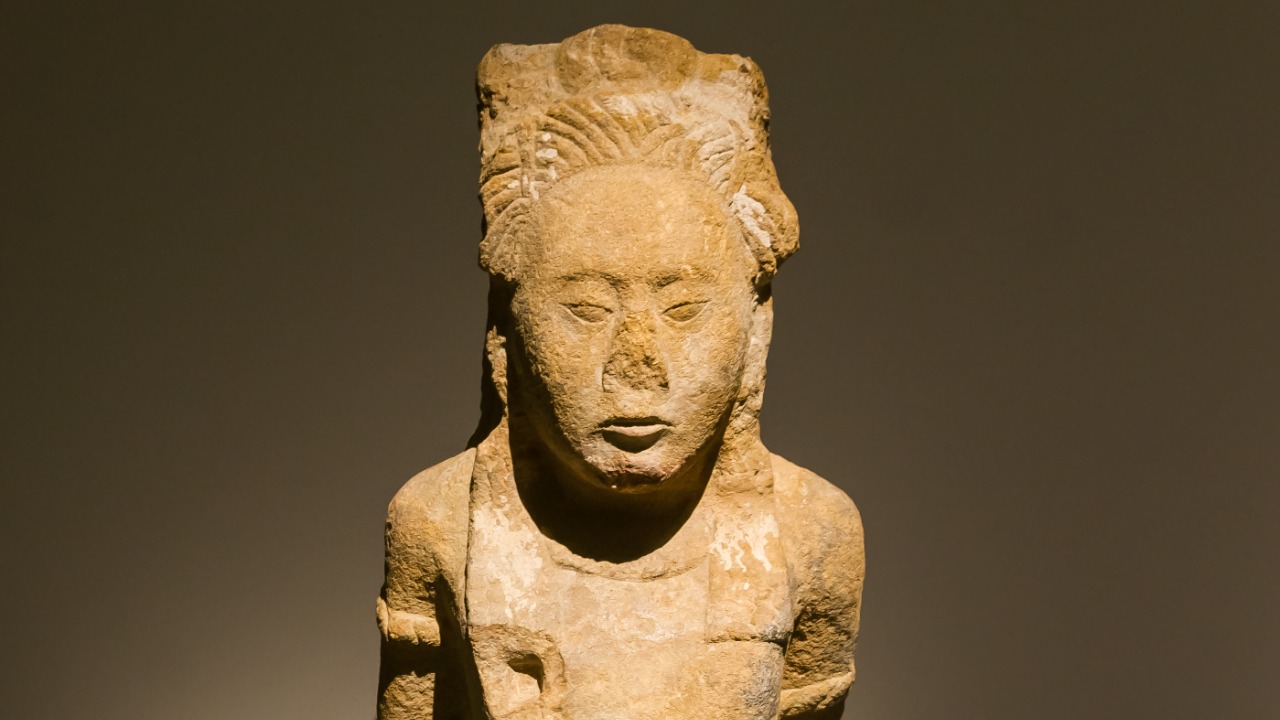
From ancient civilizations to cosmic phenomena, some of the most significant discoveries in history have been made entirely by accident. These unexpected finds have not only reshaped our understanding of the past, but also opened up new frontiers in science and technology. Here are 12 incredible discoveries that were made completely by accident.
Lidar Unveils Massive Maya Monument in Mexico
In a stunning example of technology revealing the past, a Lidar survey conducted for a regional Maya study accidentally unveiled the largest and oldest known Maya ceremonial structure, Aguada Fénix, in Tabasco, Mexico. Dating back to approximately 1000 B.C., this monumental structure covers a staggering 55,000 square meters. This discovery, detailed in 2021 archaeological reporting, has reshaped our understanding of early Maya architecture and civilization.
Georadar Spots Hidden Viking Ship in Norway
While conducting a georadar survey for a planned highway expansion in Norway, researchers stumbled upon a rare 65-foot Viking ship burial from the 9th century near the town of Halden. This unexpected find, covered in 2021 discovery compilations, offers new insights into the funeral practices of the Viking elite and the complexity of their maritime culture.
Ancient Banana Found in Jordanian Temple Ruins
During an excavation at the ancient city of Tel Tsaf in Jordan’s Jordan Valley, archaeologists uncovered the world’s oldest known banana remnant. This 3,000-year-old piece of banana was preserved in a storage pit, providing the earliest evidence of the fruit in the region. This serendipitous discovery was highlighted in 2021 archaeology highlights.
Lost City Emerges During Egyptian Temple Dig
While digging for a new temple complex in Luxor, Egypt, workers accidentally unearthed a long-lost ancient Egyptian city called “The Rise of Aten.” Dating back to the reign of Amenhotep III around 1391-1353 B.C., this discovery, as noted in 2021 excavation reports, has provided archaeologists with a wealth of information about life in ancient Egypt.
Amazon Lidar Maps Reveal Pre-Columbian Mega-Cities
Lidar mapping, initially aimed at documenting deforestation in Ecuador’s Upano Valley, unexpectedly exposed a vast network of pre-Columbian urban settlements. Dating from 500 B.C. to A.D. 600, these settlements included roads, plazas, and thousands of mounds. This discovery, highlighted in 2021 Amazon findings, underscores the complexity of societies that once thrived in the Amazon rainforest.
Sponge Divers Recover Ancient Greek “Computer”
In 1901, sponge divers searching for natural sponges off the Greek island of Antikythera hauled up a Roman-era shipwreck. Among the artifacts was the Antikythera mechanism, an intricate bronze geared device from around 100 B.C. used as an analog computer for astronomical predictions. This remarkable find is considered one of the weirdest archaeological discoveries.
Peat Bog Yields Iron Age Murder Victim
In 1952, peat cutters extracting fuel from a bog near Grauballe, Denmark, stumbled upon the well-preserved Iron Age body of the Grauballe Man. Dating to 55 B.C., the body, with its last meal of grains still identifiable in his stomach, revealed ritual sacrifice practices in Iron Age societies. This discovery is featured among archaeological oddities.
Farmer Digs Up Enigmatic Roman Bronze Device
A farmer in the 18th century, while plowing fields near a village in what is now Belgium, unearthed one of over 100 mysterious Roman dodecahedrons. These hollow bronze 12-sided objects from the 2nd-4th centuries A.D. have baffled experts on Roman technology and are listed among strange digs.
Roadwork Exposes Tattooed Moche Priestess
In 2006, road construction crews widening a highway in Peru’s Huaca Rajada complex accidentally exposed the tomb of the Lady of Cao. This high-ranking Moche priestess from 100-200 A.D. had intricate tattoos and, surprisingly, no gold burial goods as expected. This discovery has upended assumptions about gender roles in ancient societies and is featured among bizarre ancient remains.
Peat Diggers Uncover Celtic Ritual Killing
Workers digging peat for commercial use in Lindow Moss, England, in 1984 discovered the Lindow Man. This Celtic bog body from around 2 B.C.-A.D. 119 showed evidence of ritual triple killing, including a garrote mark and mistletoe pollen. This find, illuminating Druid ceremonies, is among the unusual archaeological hauls.
Stellar Occultation Reveals Neptune’s Rings
On July 22, 1984, astronomers observing a star’s occultation by Neptune to study its atmosphere unexpectedly detected narrow rings around the planet. These unexplained dips in starlight were later confirmed by Voyager 2, as detailed in Neptune breakthrough studies.
JWST Peers Back to Cosmic Dawn Unexpectedly
The James Webb Space Telescope’s near-infrared observations in 2022-2024 unexpectedly revealed unprecedented details of the early universe. These included unexpectedly massive galaxies forming just 300 million years after the Big Bang, challenging models of cosmic evolution. These revelations, however, are under threat due to potential funding cuts, as reported in Webb Telescope coverage.
More from MorningOverview